Low-Cost Multispectral System Design for Pigment Analysis in Works of Art
Abstract
:1. Introduction
2. Materials and Methods
2.1. Band Selection Study
2.2. System Radiometry
2.3. Image Sampling
2.4. Illumination Considerations
2.5. Noise-Equivalent Change in Reflectance
2.6. Modeling Reflectance Datacube
- Selecting a uniform region from the Pentecost illumination (HSI datacube);
- Applying the minimum noise fraction (MNF) transform and retaining the noise statistics of the dataset;
- Using only bands with eigenvalues greater than 2.0 for the inverse transform of the data back to the original data space (so that the result was essentially noise-free);
- Subtracting the noise-free data from the original selected uniform reflectance data (to produce an estimated dark scan).
- PCA was applied to the estimated dark scan to decorrelated the noise;
- The standard deviation of each transformed band was measured;
- Gaussian noise images with zero mean and the extracted standard deviation were generated for each band (scaled according to the output image size required);
- The inverse PCA transform was evaluated for the generated noise images using the same statistics present in the forward transform.
3. Results
4. Discussion
Author Contributions
Funding
Institutional Review Board Statement
Informed Consent Statement
Data Availability Statement
Acknowledgments
Conflicts of Interest
References
- de Viguerie, L.; Rochut, S.; Alfeld, M.; Walter, P.; Astier, S.; Gontero, V.; Boulc’h, F. XRF and reflectance hyperspectral imaging on a 15th century illuminated manuscript: Combining imaging and quantitative analysis to understand the artist’s technique. Herit. Sci. 2018, 6, 11. [Google Scholar] [CrossRef]
- Delaney, J.; Conover, D.; Dooley, K.; Glinsman, L.; Janssens, K.; Loew, M. Integrated X-ray fluorescence and diffuse visible-to-near-infrared reflectance scanner for standoff elemental and molecular spectroscopic imaging of paints and works on paper. Herit. Sci. 2018, 6, 31. [Google Scholar] [CrossRef]
- Cosentino, A. Identification of pigments by multispectral imaging; a flowchart method. Herit. Sci. 2014, 2, 8. [Google Scholar] [CrossRef] [Green Version]
- Colantoni, P.; Pillay, R.; Lahanier, C.; Pitzalis, D. Analysis of multispectral images of paintings. In Proceedings of the 2006 14th European Signal Processing Conference, Florence, Italy, 4–8 September 2006; pp. 1–5. [Google Scholar]
- de Manincor, N.; Marchioro, G.; Fiorin, E.; Raffaelli, M.; Salvadori, O.; Daffara, C. Integration of multispectral visible-infrared imaging and pointwise X-ray fluorescence data for the analysis of a large canvas painting by Carpaccio. Microchem. J. 2020, 153, 104469. [Google Scholar] [CrossRef]
- Kaew-Ona, N.; Katemakea, P.; Trémeaub, A. Monitoring paint and primer samples using multispectral and hyperspectral imaging techniques. ScienceAsia 2020, 46, 110–116. [Google Scholar] [CrossRef]
- Asscher, Y.; Angelini, I.; Secco, M.; Parisatto, M.; Chaban, A.; Deiana, R.; Artioli, G. Combining multispectral images with X-ray fluorescence to quantify the distribution of pigments in the frigidarium of the Sarno Baths, Pompeii. J. Cult. Herit. 2019, 40, 317–323. [Google Scholar] [CrossRef]
- Jones, C.; Duffy, C.; Gibson, A.; Terras, M. Understanding multispectral imaging of cultural heritage: Determining best practice in MSI analysis of historical artefacts. J. Cult. Herit. 2020, 45, 339–350. [Google Scholar] [CrossRef]
- Alfeld, M.; Pedroso, J.V.; van Eikema Hommes, M.; Van der Snickt, G.; Tauber, G.; Blaas, J.; Haschke, M.; Erler, K.; Dik, J.; Janssens, K. A mobile instrument for in situ scanning macro-XRF investigation of historical paintings. J. Anal. At. Spectrom. 2013, 28, 760–767. [Google Scholar] [CrossRef]
- Kleynhans, T.; Patterson, C.M.S.; Dooley, K.A.; Messinger, D.W.; Delaney, J.K. An alternative approach to mapping pigments in paintings with hyperspectral reflectance image cubes using artificial intelligence. Herit. Sci. 2020, 8, 84. [Google Scholar] [CrossRef]
- Sun, W.; Du, Q. Hyperspectral band selection: A review. IEEE Geosci. Remote Sens. Mag. 2019, 7, 118–139. [Google Scholar] [CrossRef]
- Yang, H.; Du, Q.; Su, H.; Sheng, Y. An efficient method for supervised hyperspectral band selection. IEEE Geosci. Remote Sens. Lett. 2010, 8, 138–142. [Google Scholar] [CrossRef]
- Zhang, W.; Li, X.; Zhao, L. Band Priority Index: A Feature Selection Framework for Hyperspectral Imagery. Remote Sens. 2018, 10, 1095. [Google Scholar] [CrossRef] [Green Version]
- Datasets for Classification. Available online: http://lesun.weebly.com/hyperspectral-data-set.html (accessed on 18 February 2020).
- Pudil, P.; Ferri, F.J.; Novovicova, J.; Kittler, J. Floating search methods for feature selection with nonmonotonic criterion functions. In Proceedings of the 12th IAPR International Conference on Pattern Recognition, Volume 3—Conference C: Signal Processing (Cat. No.94CH3440-5), Jerusalem, Israel, 9–13 October 1994; Volume 2, pp. 279–283. [Google Scholar] [CrossRef]
- Institution, B.S. Specification for Managing Environmental Conditions for Cultural Collections: PAS 198: 2012; British Standards Limited: London, UK, 2012. [Google Scholar]
- Schott, J.R. Sensor Performance Parameters. In Remote Sensing: The Image Chain Approach; Oxford University Press: Oxford, UK, 2007; Chapter 5; pp. 179–180. [Google Scholar]
- Delaney, J.K.; Dooley, K.A.; Van Loon, A.; Vandivere, A. Mapping the pigment distribution of Vermeer’s Girl with a Pearl Earring. Herit. Sci. 2020, 8, 4. [Google Scholar] [CrossRef] [Green Version]
- Peterson, E.D. Synthetic Landmine Scene Development and Validation in DIRSIG. Ph.D. Thesis, Rochester Institute of Technology, Rochester, NY, USA, 2004. [Google Scholar]
- James, G.; Witten, D.; Hastie, T.; Tibshirani, R. An Introduction to Statistical Learning; Springer: New York, NY, USA, 2013; Volume 112. [Google Scholar]
- Delaney, J.; Dooley, K.; Radpour, R.; Kakoulli, I. Macroscale multimodal imaging reveals ancient painting production technology and the vogue in Greco-Roman Egypt. Sci. Rep. 2017, 7, 15509. [Google Scholar] [CrossRef] [PubMed] [Green Version]
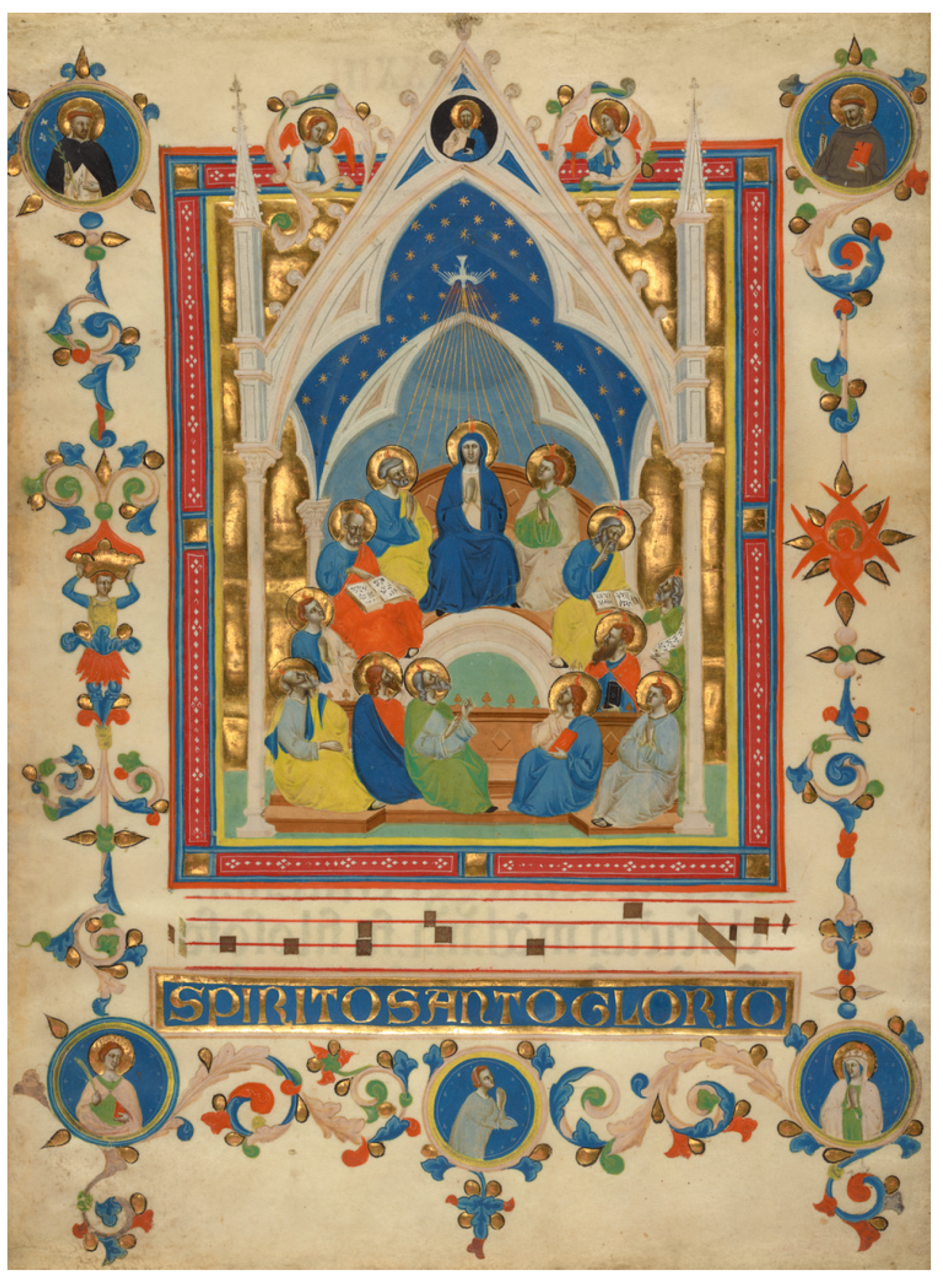
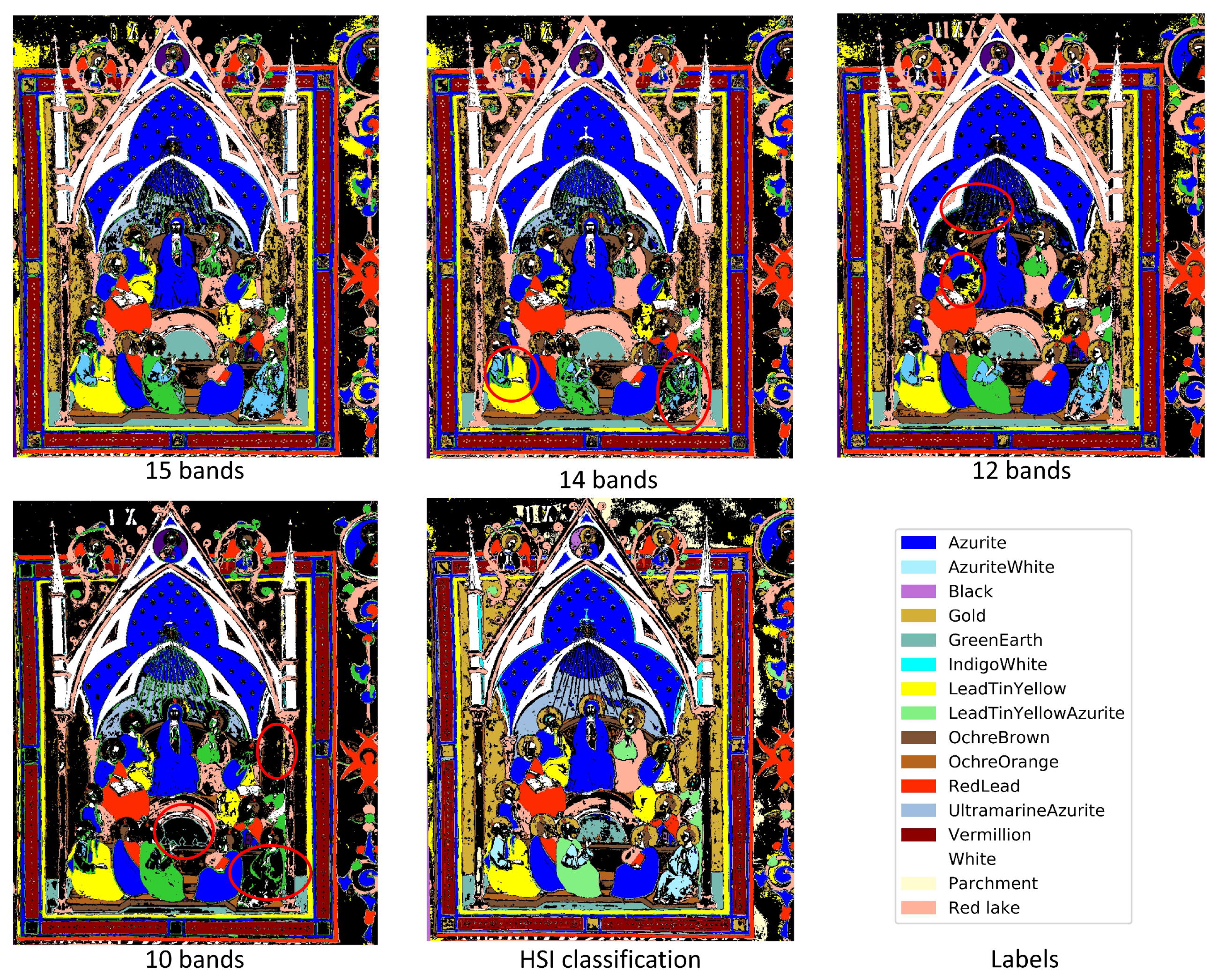
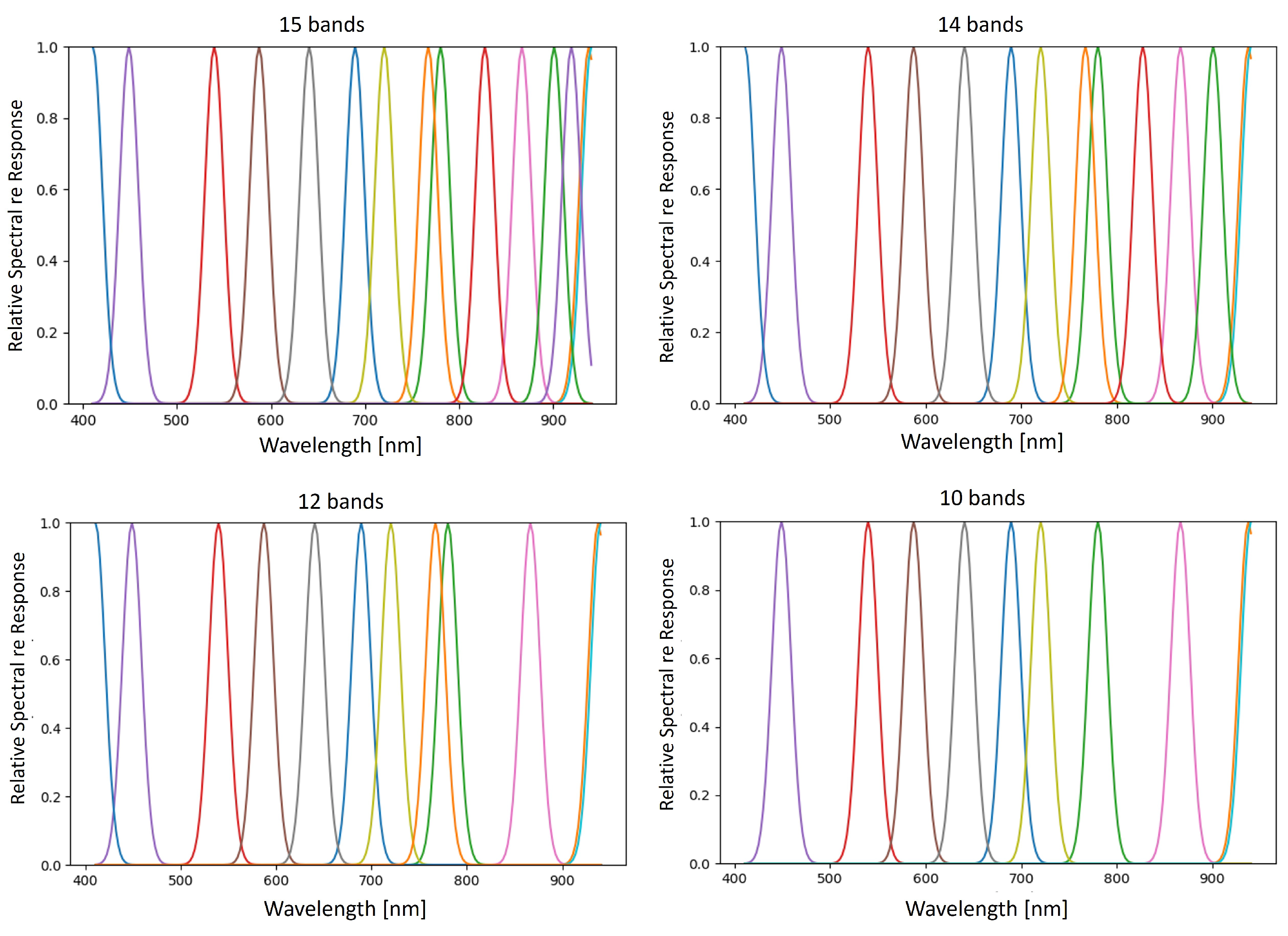

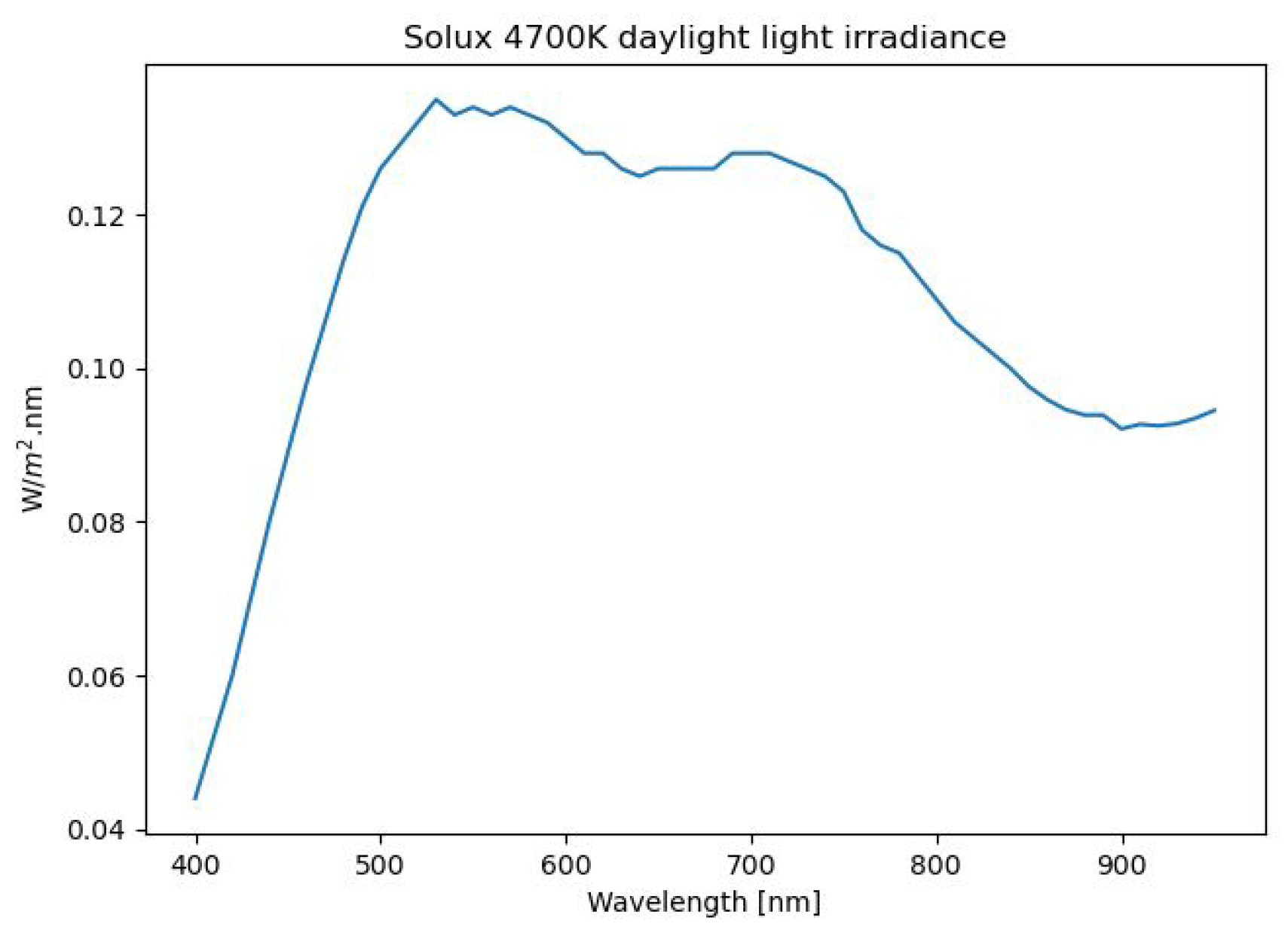
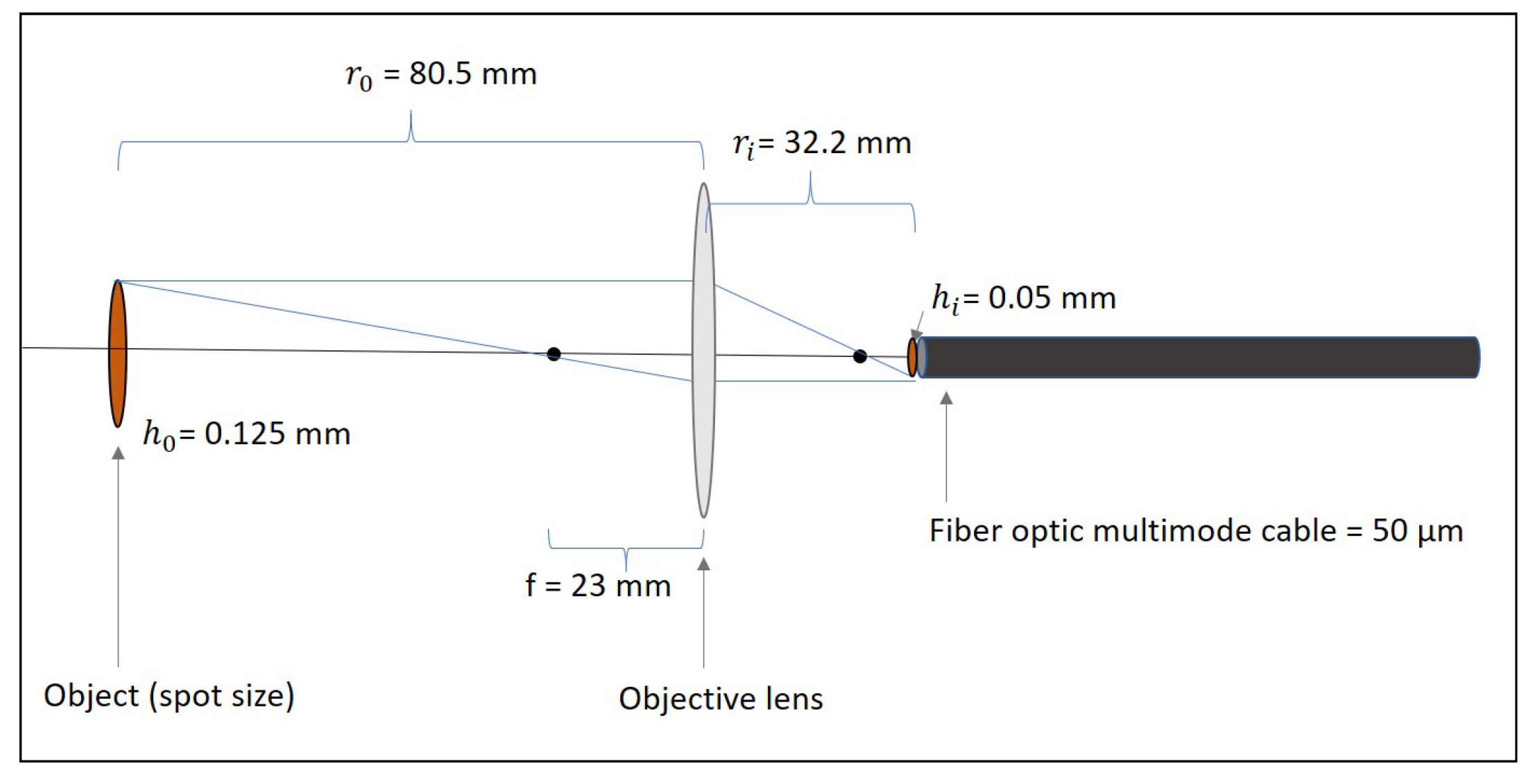
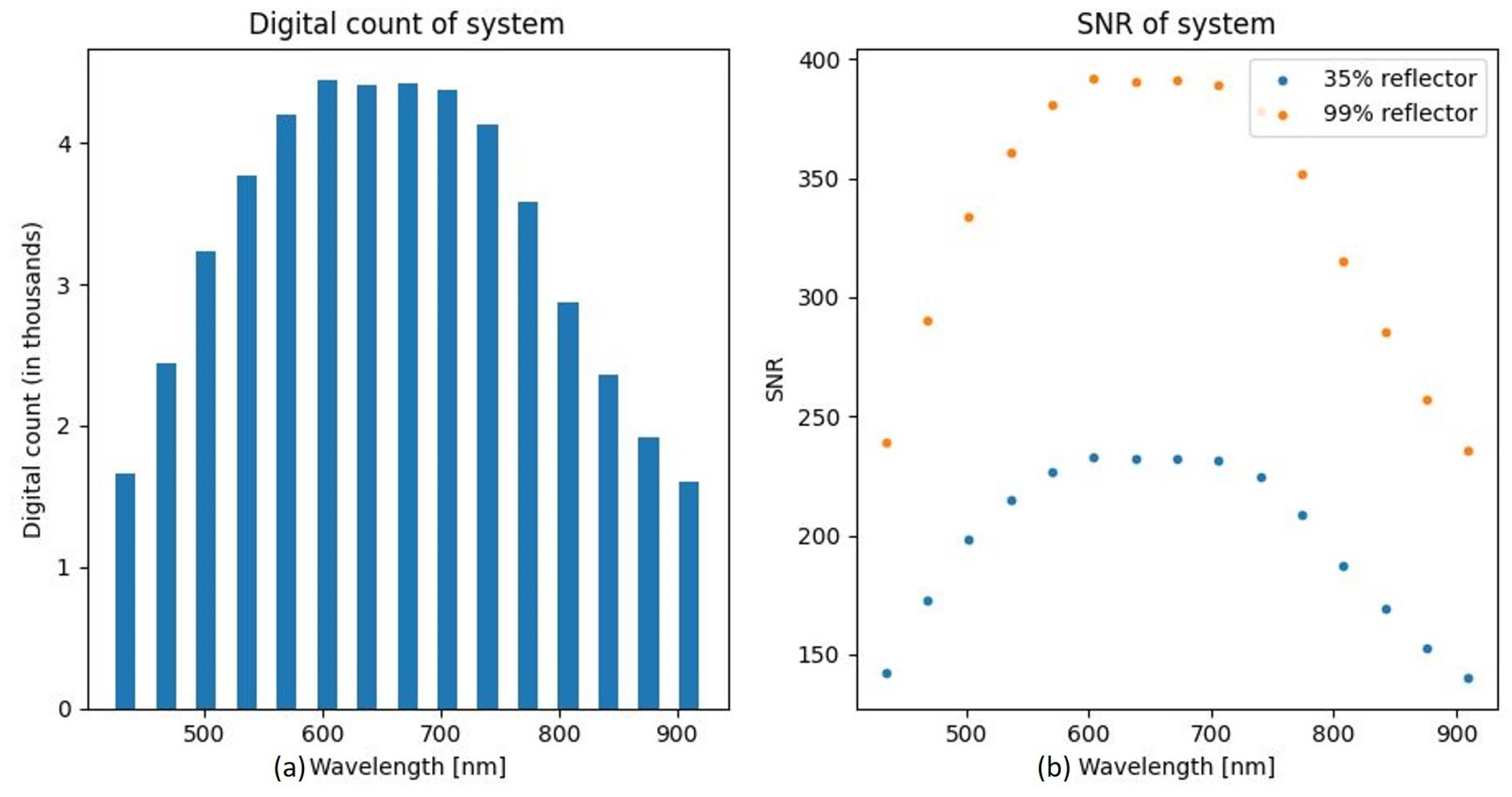
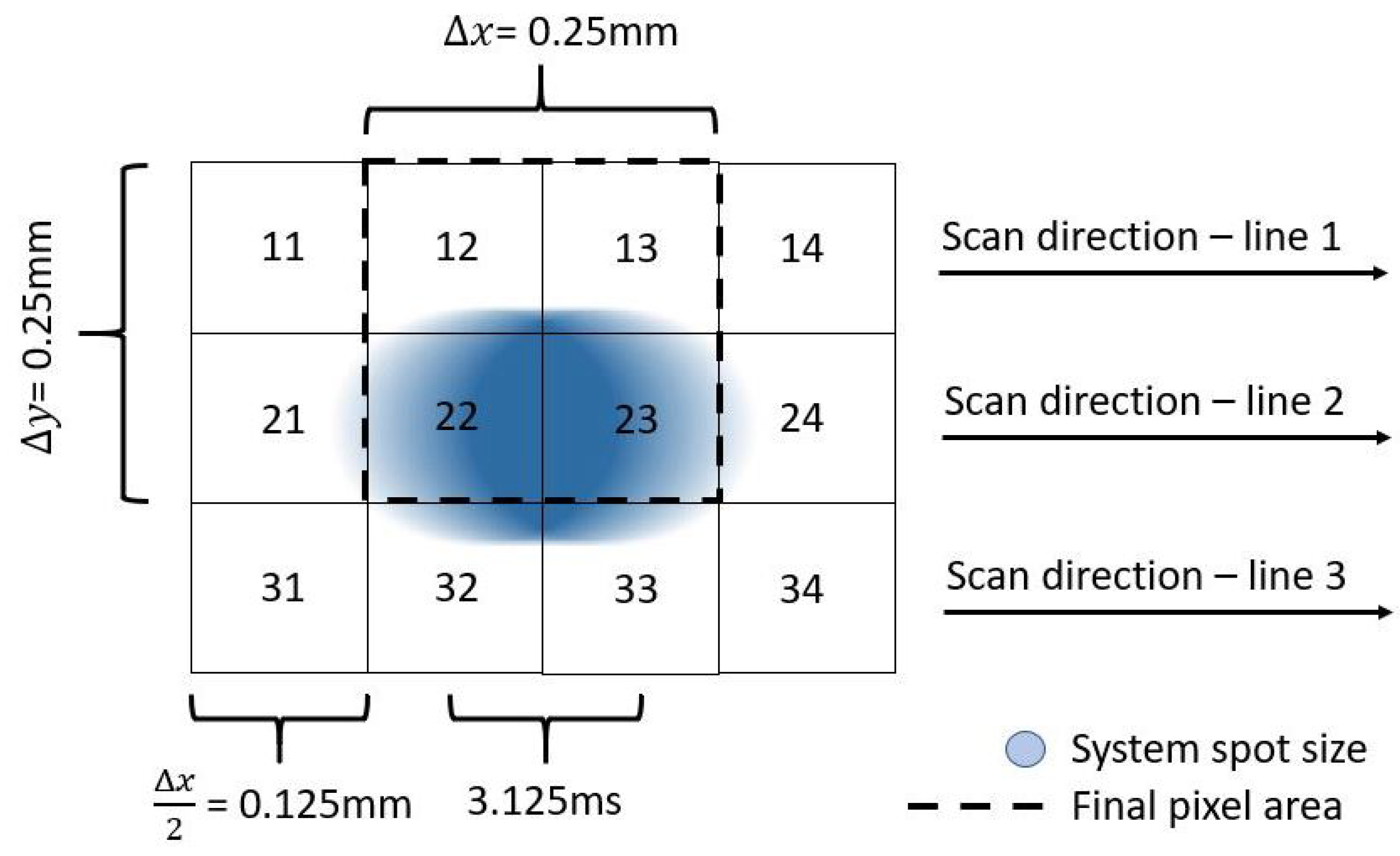
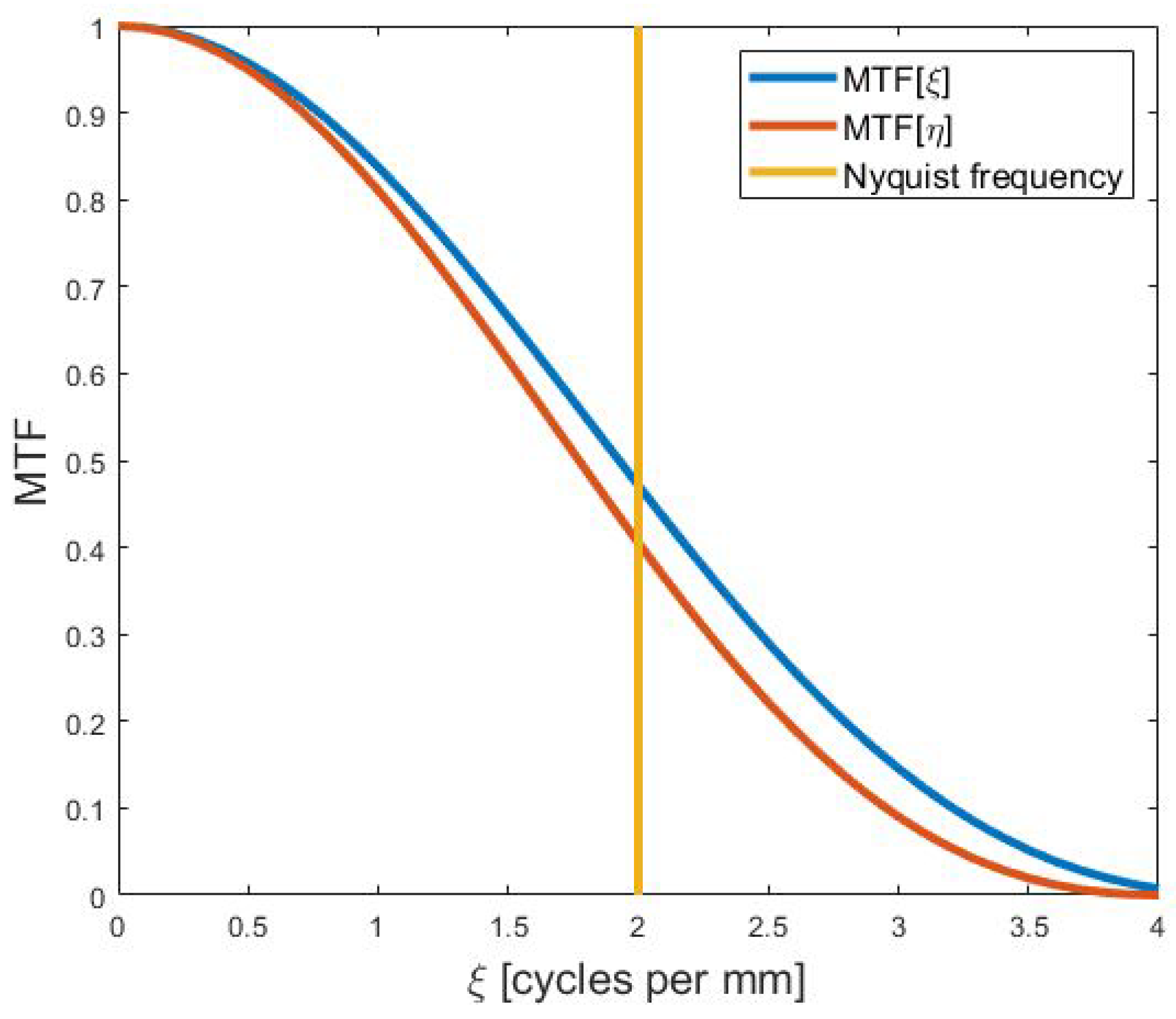
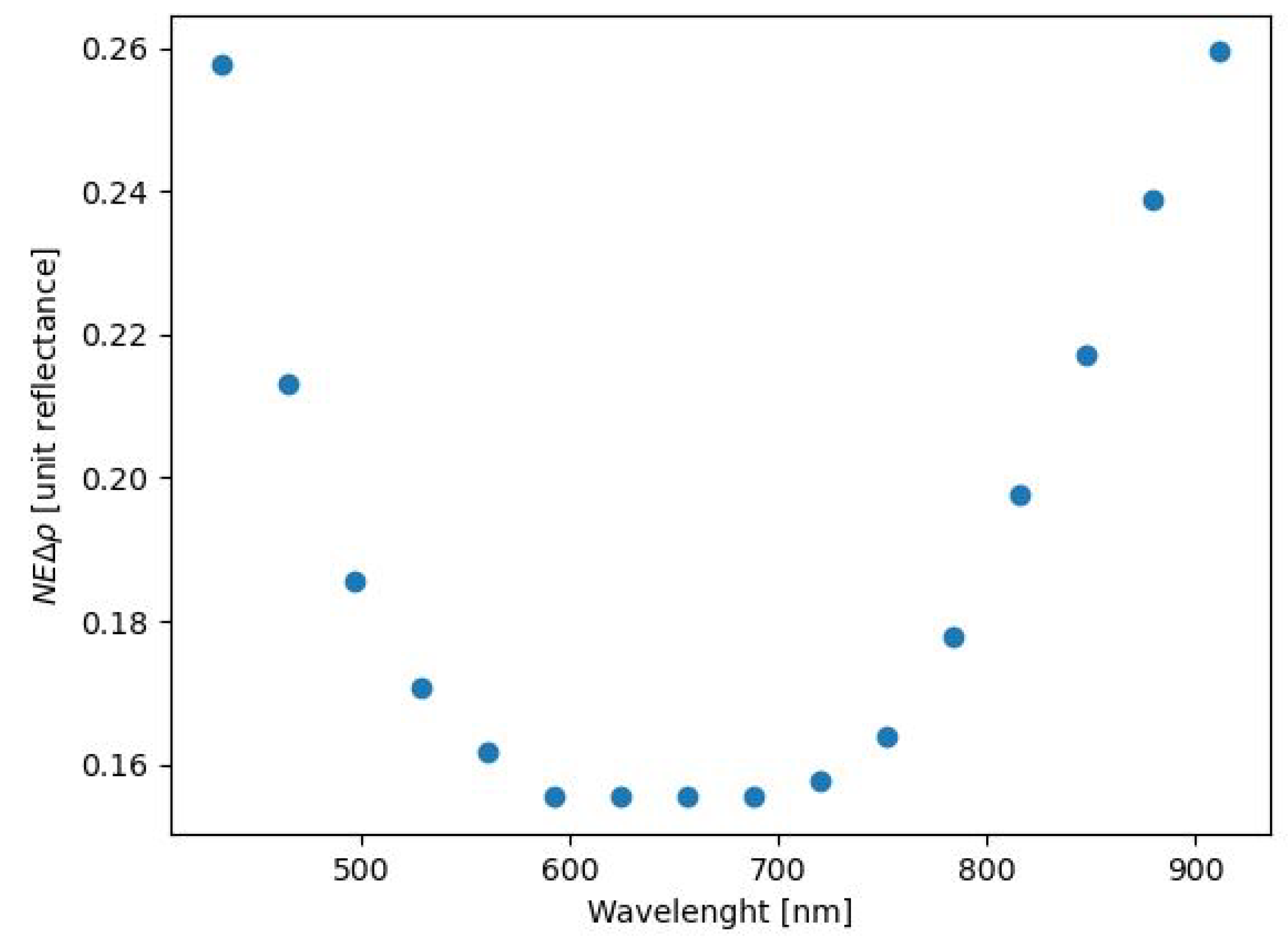
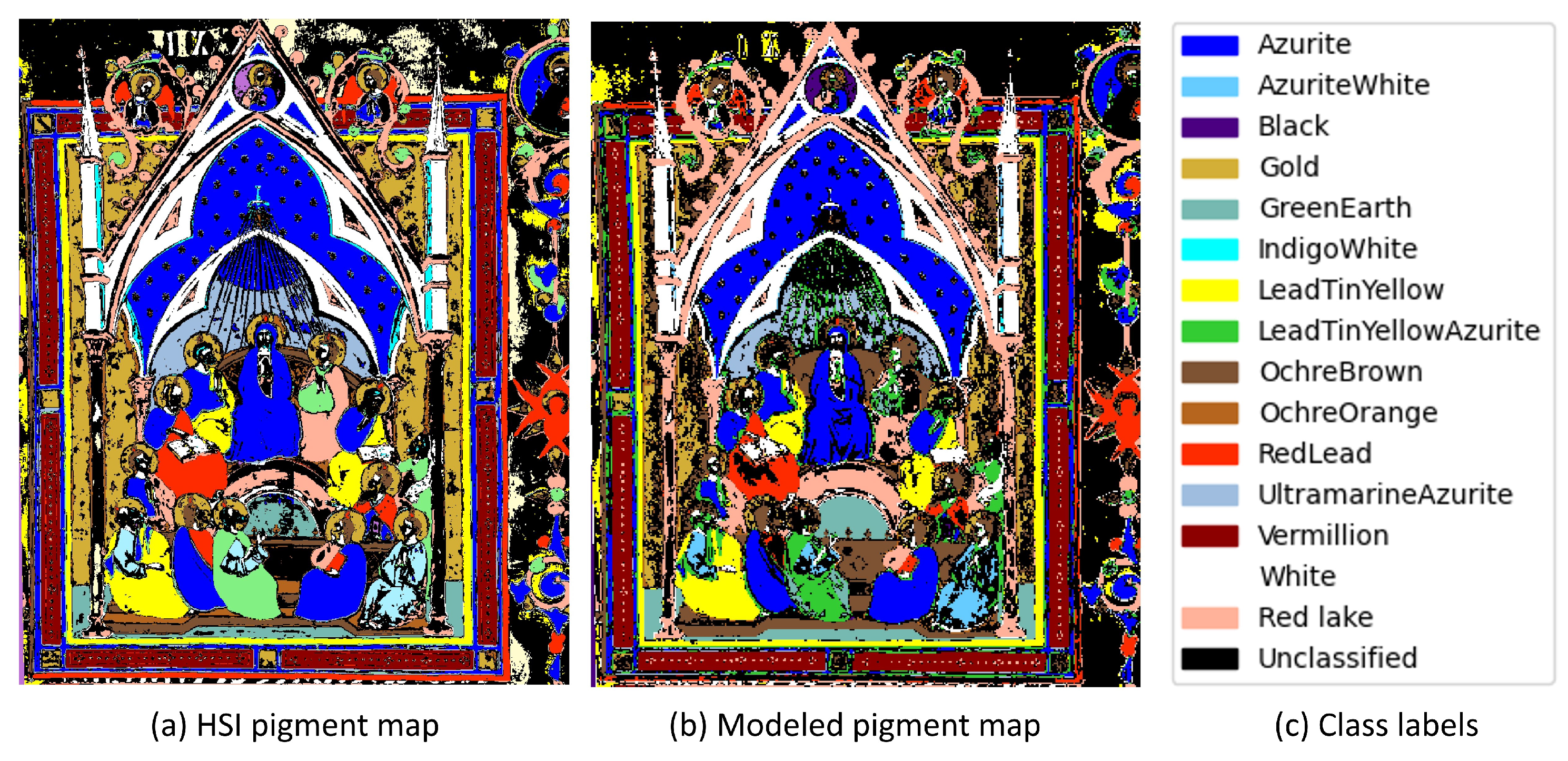
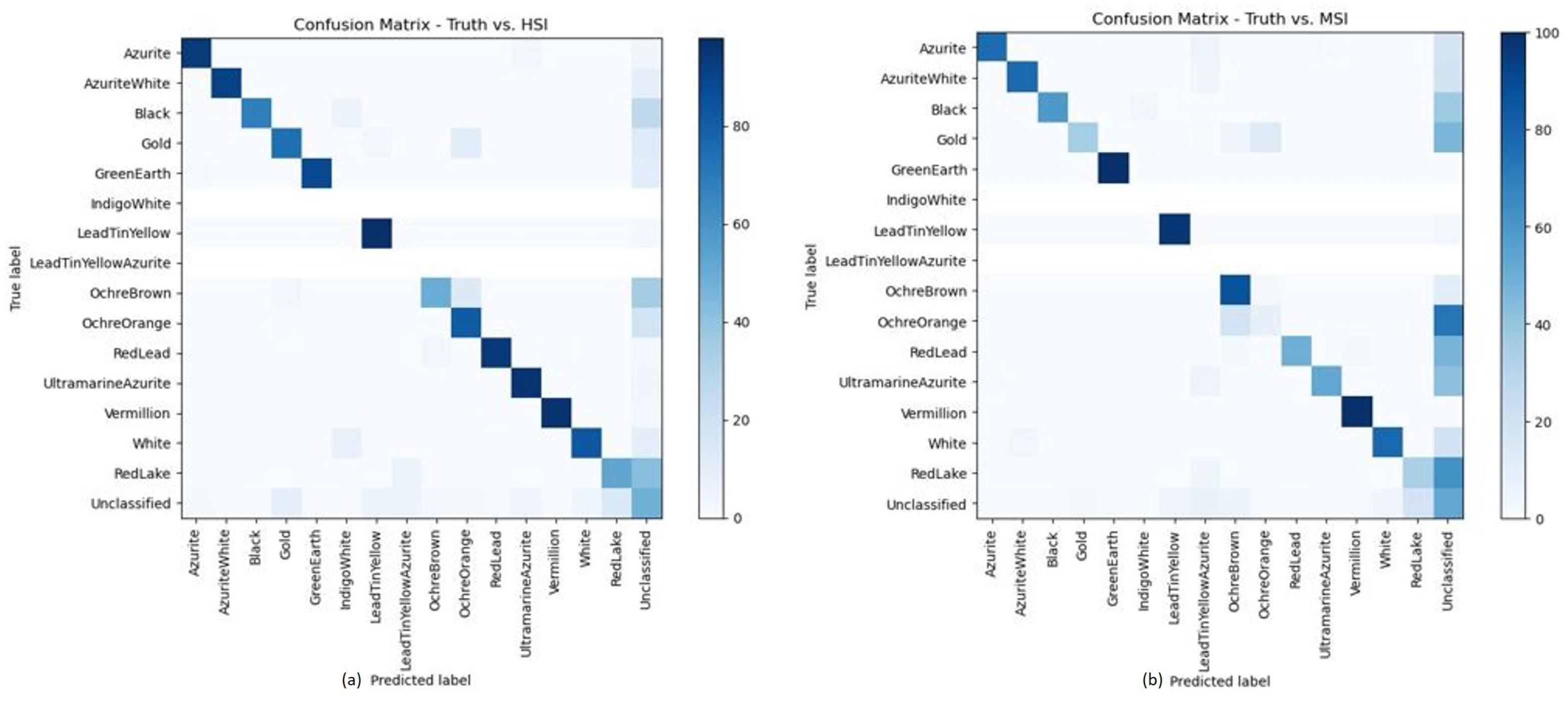

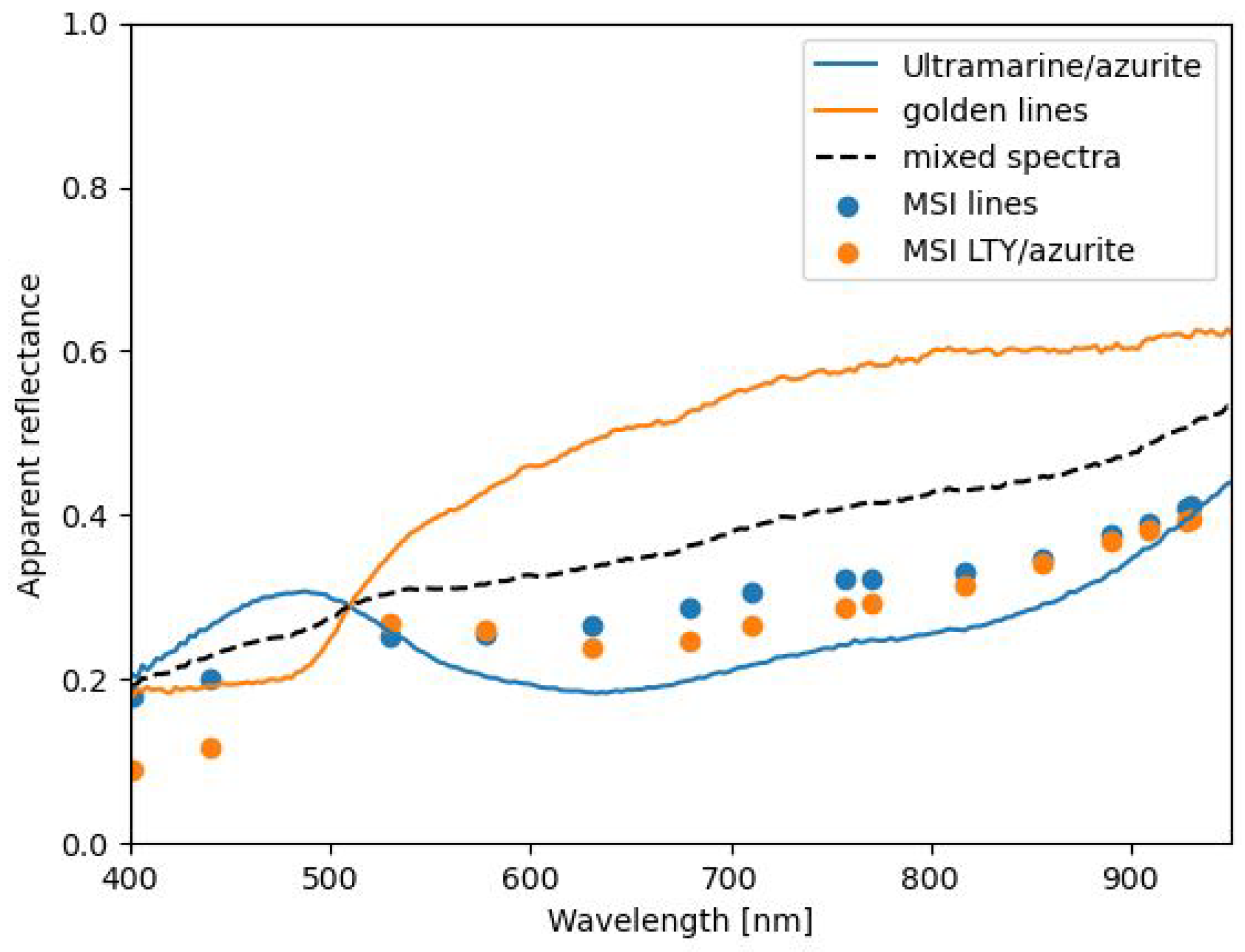
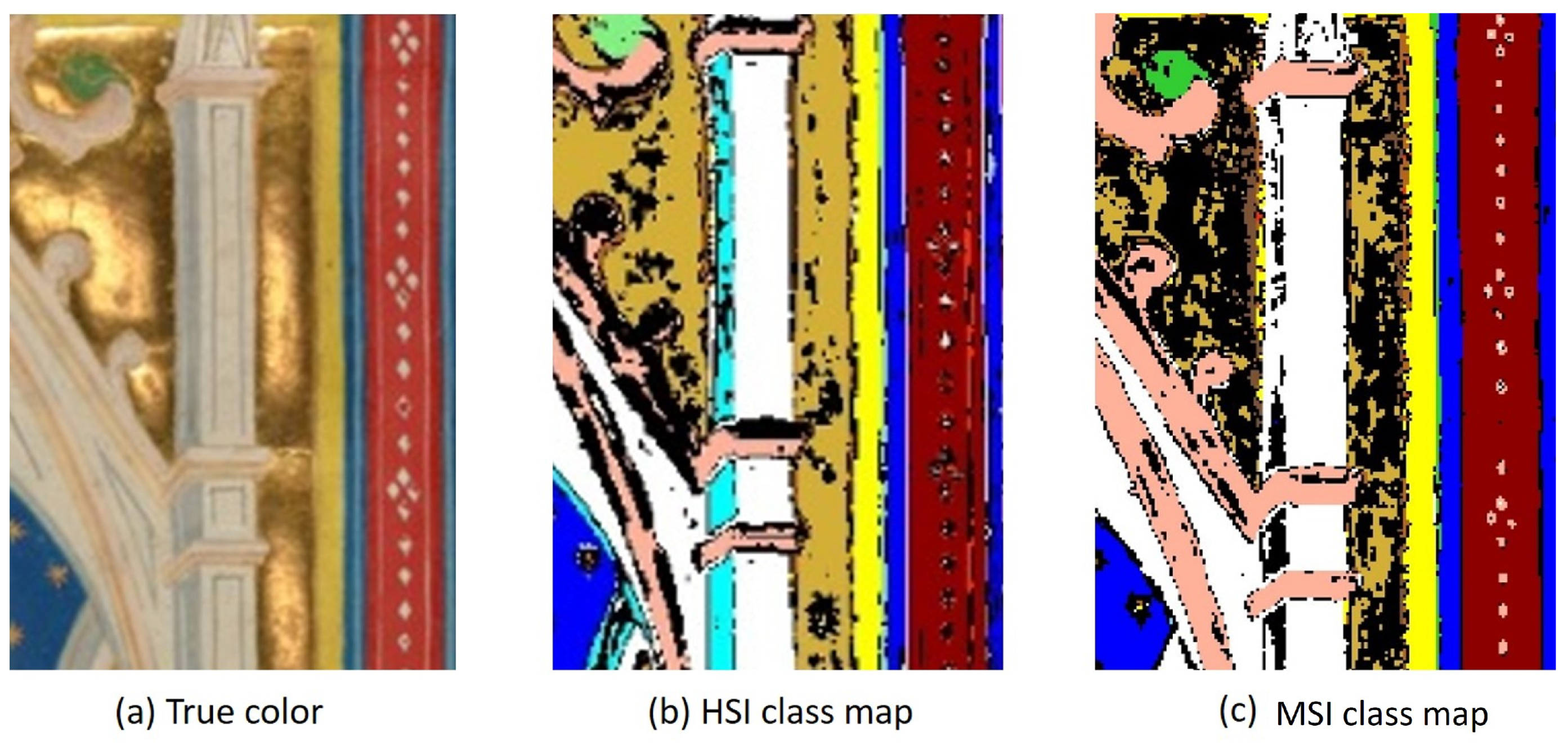
Publisher’s Note: MDPI stays neutral with regard to jurisdictional claims in published maps and institutional affiliations. |
© 2021 by the authors. Licensee MDPI, Basel, Switzerland. This article is an open access article distributed under the terms and conditions of the Creative Commons Attribution (CC BY) license (https://creativecommons.org/licenses/by/4.0/).
Share and Cite
Kleynhans, T.; Messinger, D.W.; Easton, R.L., Jr.; Delaney, J.K. Low-Cost Multispectral System Design for Pigment Analysis in Works of Art. Sensors 2021, 21, 5138. https://doi.org/10.3390/s21155138
Kleynhans T, Messinger DW, Easton RL Jr., Delaney JK. Low-Cost Multispectral System Design for Pigment Analysis in Works of Art. Sensors. 2021; 21(15):5138. https://doi.org/10.3390/s21155138
Chicago/Turabian StyleKleynhans, Tania, David W. Messinger, Roger L. Easton, Jr., and John K. Delaney. 2021. "Low-Cost Multispectral System Design for Pigment Analysis in Works of Art" Sensors 21, no. 15: 5138. https://doi.org/10.3390/s21155138
APA StyleKleynhans, T., Messinger, D. W., Easton, R. L., Jr., & Delaney, J. K. (2021). Low-Cost Multispectral System Design for Pigment Analysis in Works of Art. Sensors, 21(15), 5138. https://doi.org/10.3390/s21155138







